STRATEGIES FOR IMPROVING CLASSROOM COMMUNICATION
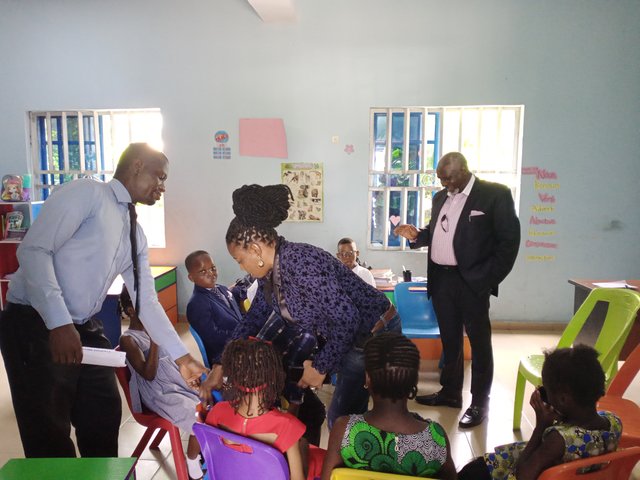
Excellent communication skills are essential in a teaching career for a variety of reasons.
What constitutes "great" or "effective" communication depends on the circumstances. When giving a presentation in front of the class, you will use different tactics than when leading a group discussion or conversing with a learner one-on-one.
In the following section, I will share five approaches that are applicable to each of the circumstances you may encounter.
Create a Nurturing learning environment with supportive relationships
Supportive connections between learners and teachers have a significant impact on class engagement, involvement, and learners' accomplishment.
This is because when learners feel supported, they are more likely to voice their own opinions and ideas in class discussions, take on difficulties, and ask for assistance when needed. Higher levels of learners’ involvement and participation result in more developed knowledge and higher levels of academic success.
A supportive learning atmosphere is created through communication: get to know your learners well and demonstrate to them that they are secure from judgment or humiliation in your classroom. It is a good idea to learn and utilize kids' names early in the year. Maintain an open door policy for learners to come and talk to you about any concerns, and always be sympathetic and caring when interacting with them: don't chastise them for not understanding. and do not mock their beliefs and ideas.
Increased Collaboration
Working in small groups allows learners to more readily communicate their thoughts and enhance their communication skills. These exercises help learners to ask you questions and receive feedback on their work, resulting in improved communication, a better grasp of the lesson, and academic rewards.
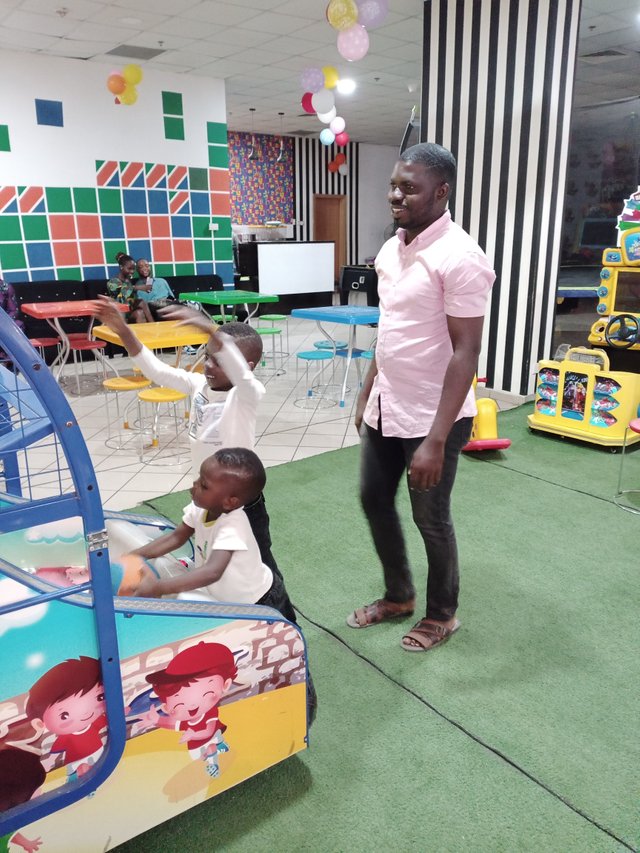
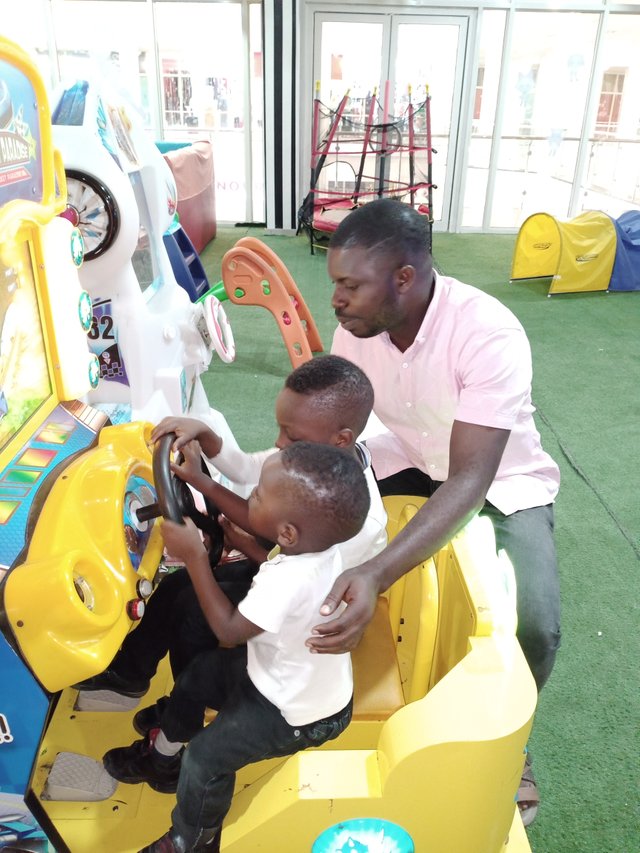
Nonverbal Communication
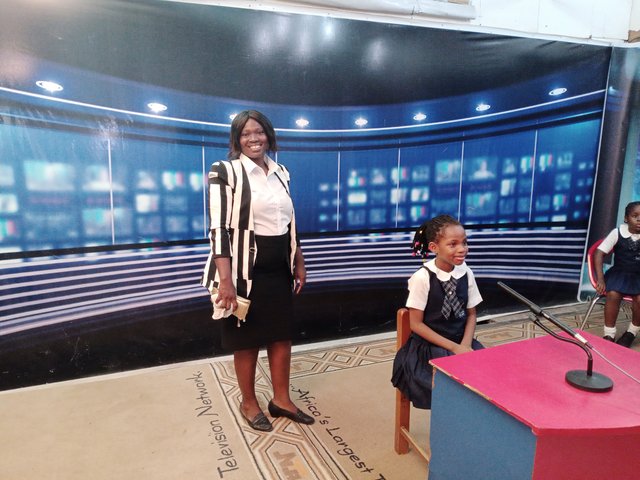
Communication is not only verbal, but also nonverbal: make sure the signals you send with your body language are positive, confident, and engaging.
Making eye contact with learners when speaking to them, for example, demonstrates that you are helpful and attentive. Making eye contact is also essential When you present to the entire class, it inspires everyone to pay attention, which aids in learning and makes them feel participated. To make greater eye contact, you may need to study your lesson material more completely ahead of time so that you don't have to turn away to read your notes.
When teaching, employ gestures to emphasize your points. This enhances the lesson's interactivity, making it more visually attractive and, as a result, more compelling.. Keep your arms open, not folded, and use smiles, nods, and thumbs up to encourage pupils to participate.
Moving around the classroom while you teach removes the barrier between you and your learners, and gives them less opportunity to zone out or get distracted.
When addressing undesirable behavior, body language is also crucial. To avoid being confrontational, ensure that you don’t stand directly above or in front of a learner, point, or invade their personal space. To avoid drawing too much attention, it may be beneficial to get down on their level and speak quietly about their behavior, or to speak to them outside of the classroom. Remember that learners' behavior is a sort of communication as well, and consider what it is telling you.
Listening actively
The 'listening' component of communication should not be disregarded; poor listening accounts for more than 60% of all misconceptions.
Active listening entails paying close attention to what your learners say, ensuring that you have accurately interpreted them.
For example, you could respond to them by repeating what you believe they said, expanding on their views, or questioning them.
Offer Positive Feedbacks
Feedback is also an important part of classroom communication.
Positive feedback can also be used to change learners' behavior: for example, rewarding a learning for raising their hand is likely to inspire the learners behind them to stop ‘shouting out' and mimic this behavior in order to be commended.
Be specific
Understanding and being understood are key to effective communication and instruction. As a result, you should constantly be clear and unambiguous, and tailor your language to your learners. Consider this not only while drafting lesson plans but also when interacting with the youngsters after the class. For example, you may ask your learners questions or request recaps of the class in their own words to ensure that your instruction was clear.
Use adequate scaffolding when asking your learners questions to ensure that they comprehend exactly what you are asking. If you teach in a primary school, your children' language talents will not yet be fully developed.
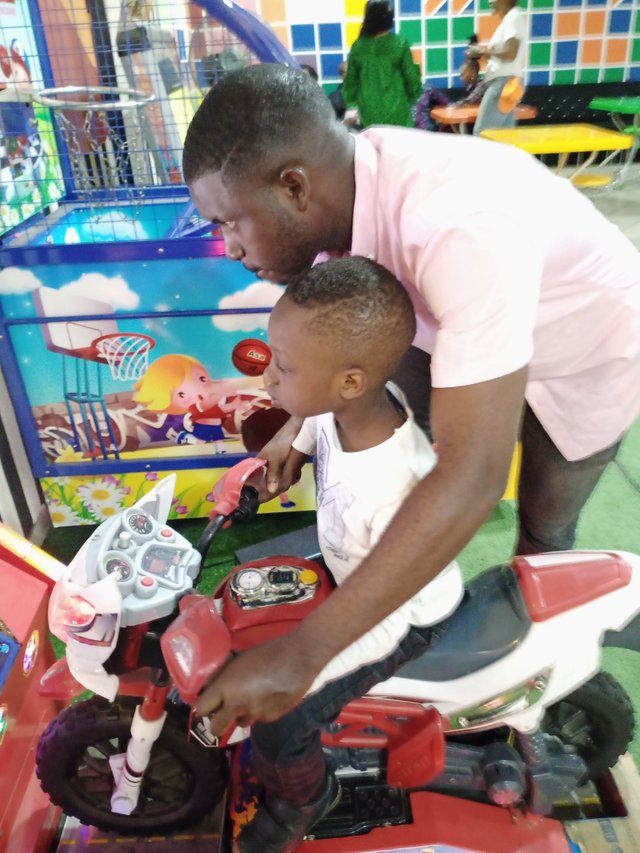
For interacting with younger children, closed inquiries (eliciting yes/no responses), and sentence starters (e.g. 'a noun is...') are most effective.
Open-ended inquiries (such as 'how do you think...' or 'tell me about...') encourage older children to stretch their thinking and build their problem-solving skills.
Last Thoughts
Effective communication in the classroom should not be overlooked; it can affect your learners’ academic success, feelings of self-worth, school perceptions, and your own career. Using communication tactics like the ones we've discussed above could help you become a more successful teacher who better fulfills the needs of his/her learners.
If you are a teacher, be mindful of what you say to your learners.
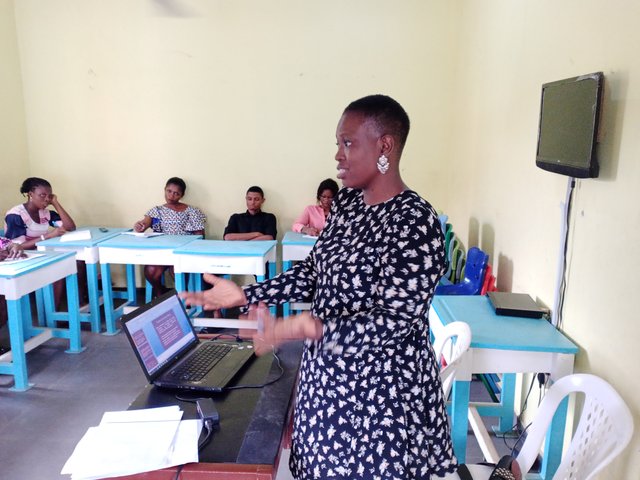
Thank you for your time, everyone
Below is the link to my introduction post:
https://steemit.com/hive-172186/@happyclarity/my-achievement-1-task-introduction-to-steemit
Great post! Thank you for sharing this with us.
Downvoting a post can decrease pending rewards and make it less visible. Common reasons:
Submit
Thanks a bunch @udyliciouz
Downvoting a post can decrease pending rewards and make it less visible. Common reasons:
Submit